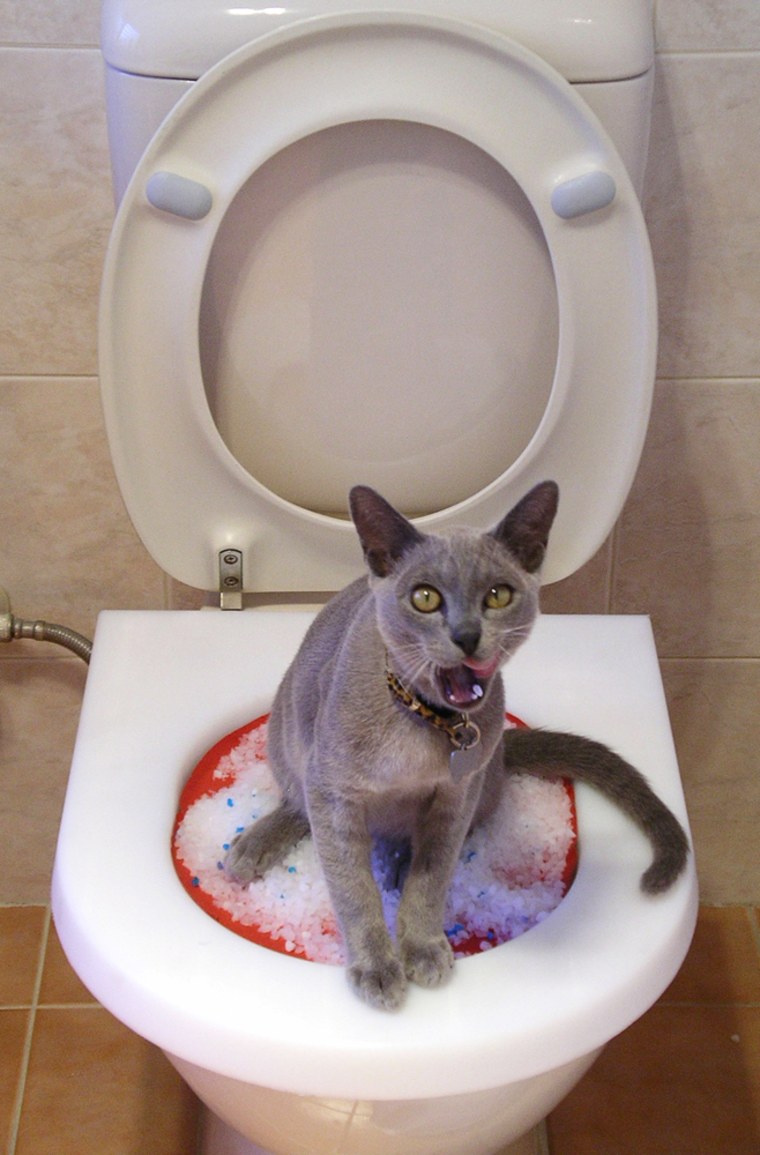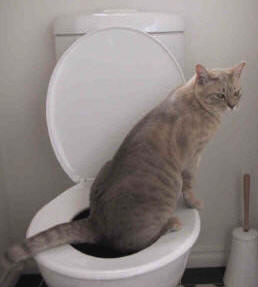Prevent Toilet Disasters: Don't Flush Cat Poop Down Your Toilet - Expert Guidance
Prevent Toilet Disasters: Don't Flush Cat Poop Down Your Toilet - Expert Guidance
Blog Article
Do you find yourself hunting for information and facts concerning Don’t flush cat feces down the toilet?

Intro
As feline proprietors, it's important to bear in mind just how we get rid of our feline friends' waste. While it might seem hassle-free to purge pet cat poop down the commode, this method can have harmful repercussions for both the environment and human health.
Ecological Impact
Flushing feline poop introduces unsafe microorganisms and parasites right into the water system, posturing a considerable danger to water communities. These pollutants can adversely impact marine life and compromise water quality.
Health Risks
Along with environmental problems, flushing pet cat waste can likewise posture wellness threats to human beings. Cat feces may consist of Toxoplasma gondii, a bloodsucker that can trigger toxoplasmosis-- a potentially serious disease, especially for pregnant women and people with damaged immune systems.
Alternatives to Flushing
Thankfully, there are safer and more liable methods to get rid of cat poop. Take into consideration the complying with alternatives:
1. Scoop and Dispose in Trash
One of the most common technique of getting rid of pet cat poop is to scoop it into an eco-friendly bag and throw it in the trash. Make certain to use a specialized clutter scoop and get rid of the waste without delay.
2. Use Biodegradable Litter
Choose naturally degradable pet cat clutter made from materials such as corn or wheat. These trashes are environmentally friendly and can be safely thrown away in the garbage.
3. Hide in the Yard
If you have a backyard, consider burying feline waste in a marked location away from vegetable gardens and water resources. Make certain to dig deep adequate to prevent contamination of groundwater.
4. Install a Pet Waste Disposal System
Invest in a pet dog waste disposal system especially designed for pet cat waste. These systems utilize enzymes to break down the waste, reducing smell and environmental impact.
Conclusion
Liable animal ownership expands beyond giving food and shelter-- it additionally includes appropriate waste administration. By refraining from flushing pet cat poop down the commode and going with different disposal techniques, we can minimize our ecological impact and safeguard human wellness.
Why You Should NEVER Flush Cat Poop (and/or Litter) Down Your Toilet
The Problem with Litter
The main function of litter is to solidify and adhere to your cat’s waste. While this makes litter excellent for collecting cat poop and urine, it’s also the exact property that makes it a nightmare when flushed down the toilet.
Cat litter can and will clog pipes. There is non-clumping litter, but it’s still quite heavy and can build up in pipes. This is true even of supposed “flushable litter.”
The problems only compound when the litter is already clumped into cat waste. Toilet paper is among the more flushable things, and even too much of that will clog a toilet.
The Problem with Cat Poop
Sewers and septic systems are designed with human waste in mind. The microbes that help break down human waste don’t work on cat waste. Additionally, cat poop plays host to the parasite Toxoplasma gondii.
When flushed, this parasite can enter the environment in places it was never meant to, posing a risk to pregnant women, their unborn children, and other people with compromised immune systems. While it might not seem possible, flushing cat poop can indeed introduce this parasite to the public water supply.
These reasons are why, even if you’ve trained your cat to go on the toilet and flush, which is possible, it’s still not a good idea. Also, pregnant women and the immunocompromised shouldn’t change litter, either.
How to Handle Litter
The best way to handle litter is to simply put it in a plastic bag and place it in the trash. Avoiding environmental risks and possible plumbing damage is worth the extra effort.
You can also invest in devices that seal away your cat’s waste in a separate compartment, so you don’t have to change the litter nearly as often. They’re also safer for pet owners because they limit the possibility of Toxoplasma gondii exposure.
Disposing of litter the old-fashioned way will ensure you won’t have to worry about any issues that flushing the waste can potentially cause.
Take Care of Clogged Pipes with Stephens Plumbing, Heating & Air Conditioning
The reasons you should never flush cat poop down your toilet are numerous, but sometimes the inevitable happens despite your best efforts.
Stephens Plumbing, Heating & Air Conditioning is ready to help if you’re experiencing litter-blocked plumbing. Whether you need us in an emergency or want to schedule regular maintenance, we’re here for you.
https://www.stephensplumbing.net/bathroom-plumbing/never-flush-cat-poop-down-your-toilet/

As an avid reader about Don’t flush cat feces down the toilet, I imagined sharing that piece of content was a good idea. Please take the time to share this write-up if you liked it. Thanks so much for taking the time to read it.
Learn More Report this page